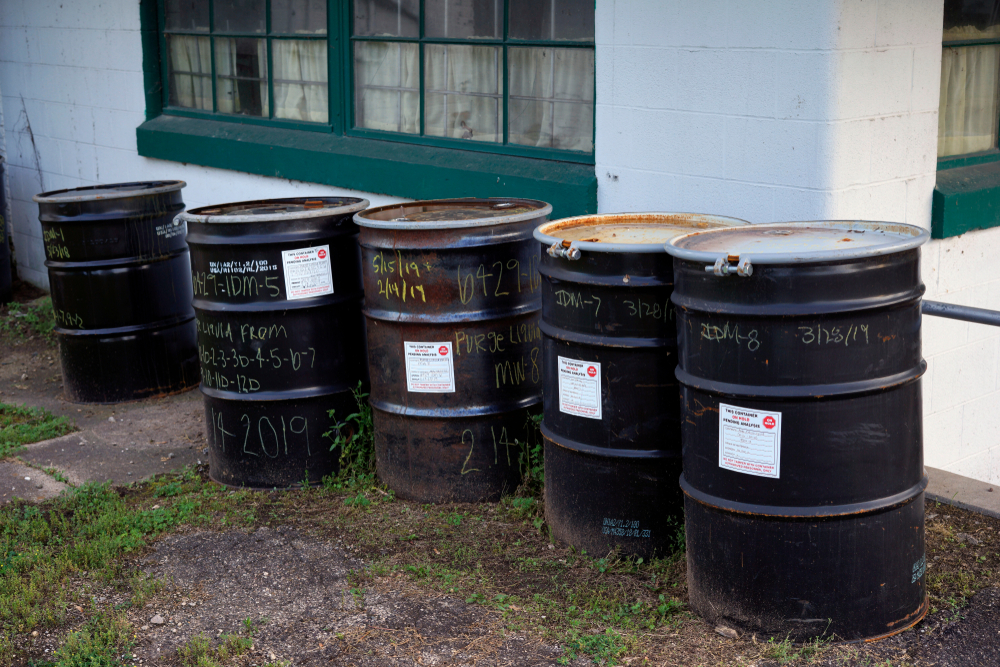On August 26, 2022, the EPA proposed to designate perfluorooctanoic acid (PFOA) and perfluorooctanesulfonic acid (PFOS), including their salts and structural isomers, as hazardous substances under the Comprehensive Environmental Response, Compensation, and Liability Act (CERCLA), also known as “Superfund.”
These substances are two of the most widely used per- and polyfluoroalkyl substances (PFAS), which are known as “forever chemicals” due to their inability to break down over time in the environment. Research shows that these chemicals accumulate in the human body. A report by the Centers for Disease Control and Prevention’s National Health and Nutrition Examination Survey (NHANES) found PFAS in the blood of 97 percent of Americans. Evidence suggests that exposure to PFOA and/or PFOS may lead to cancer and reproductive, developmental, cardiovascular, liver, and immunological effects.
“Communities have suffered far too long from exposure to these forever chemicals. The action announced today will improve transparency and advance EPA’s aggressive efforts to confront this pollution, as outlined in the Agency’s PFAS Strategic Roadmap,” EPA Administrator Michael S. Regan says in an EPA press release. “Under this proposed rule, EPA will both help protect communities from PFAS pollution and seek to hold polluters accountable for their actions.”
If finalized as proposed, the rulemaking would require releases of PFOA and PFOS that meet or exceed the reportable quantity of 1 pound to be reported to the National Response Center, state or tribal emergency response commissions, and local or tribal emergency planning committees. The regulations will require reporting to occur within 24 hours from release.
“EPA is focused on holding responsible those who have manufactured and released significant amounts of PFOA and PFOS into the environment,” continues the Agency press release. “EPA will use enforcement discretion and other approaches to ensure fairness for minor parties who may have been inadvertently impacted by the contamination. EPA is also committed to doing further outreach and engagement to hear from impacted communities, wastewater utilities, businesses, farmers and other parties during the consideration of the proposed rule.”
Impacted industry includes:
- PFOA and/or PFOS manufacturers (including importers and exporters of articles)
- PFOA and/or PFOS processors
- Manufacturers of products containing PFOA and/or PFOS
- Downstream product manufacturers and users of PFOA and/or PFOS products
- Waste management and wastewater treatment facilities
CERCLA/Superfund
CERCLA determines liability for addressing hazardous substances in the environment.
“Any person held liable for a CERCLA site can potentially be held responsible for all cleanup costs,” advises Vinson & Elkins LLP. “Those who are liable for cleanup costs can include (i) current owners and operators of a facility where hazardous substances have been released; (ii) former owners and operators who owned or operated the facility where hazardous substances were disposed of or released; (iii) generators and those who arranged for disposal of hazardous substances at a facility; and (iv) those who transported hazardous substances for disposal at a facility. Collectively, these four categories are considered potentially responsible parties (PRPs).”
CERCLA allows several entities to be held responsible for hazardous substance site cleanup. CERCLA negotiations and litigation generally include much debate over apportioning site cleanup costs and the extent of cleanup requirements.
Hazardous substances
CERCLA hazardous substances include hazardous air pollutants defined within the Clean Air Act (CAA); toxic pollutants defined under the CAA; and any compound, element, or substance that may present substantial danger to public health or welfare or the environment as defined under Section 102 of CERCLA.
To learn more about the EPA hazardous substances list of chemicals subject to reporting requirements under the Emergency Planning and Community Right-to-Know Act (EPCRA), CERCLA, and CAA Section 112(r), see the EPA “Consolidated List of Lists.”
To date, the EPA has taken action on several items from its PFAS Strategic Roadmap, including:
- Releasing drinking water health advisories for four PFAS using the best-available science to tackle PFAS pollution, protect public health, and provide critical information quickly and transparently;
- Making available $1 billion in grant funding through President Joe Biden’s Bipartisan Infrastructure Law;
- Issuing the first Toxic Substances Control Act (TSCA) PFAS test order under the National PFAS Testing Strategy;
- Adding five PFAS Regional Screening and Removal Management Levels the EPA uses to help determine if cleanup is needed;
- Publishing draft aquatic life water quality criteria for PFOA and PFOS;
- Issuing a memo to proactively address PFAS in Clean Water Act (CWA) permitting;
- Publishing a new draft total adsorbable fluorine wastewater method; and
- Issuing the fifth Unregulated Contaminant Monitoring Rule to improve the EPA’s understanding of the frequency that 29 PFAS are found in the nation’s drinking water systems and at what levels and preparing to propose a PFAS National Drinking Water Regulation by the end of 2022.

